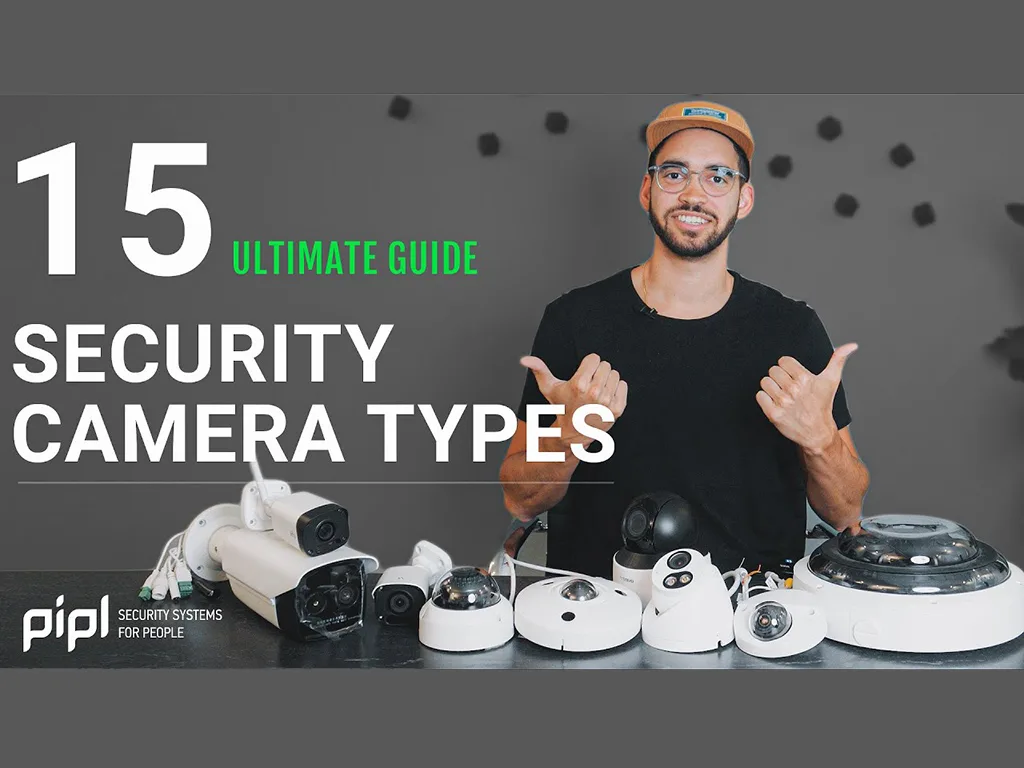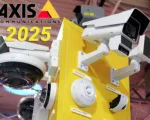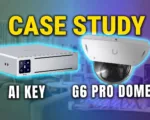Welcome to the Pipl Systems media portal, where we delve into the intricate world of security cameras. As an expert in the security industry, my aim is to provide valuable insights to both seasoned professionals and newcomers in the field. In this article, we explore the diverse landscape of security cameras, catering to the specific needs and environments they are designed for. We’ll break down the 15 different types of security cameras, shedding light on their unique features and applications.
Security cameras play a pivotal role in safeguarding properties, assets, and lives, making it crucial to choose the right type for your surveillance requirements. Whether you’re an installer looking to expand your knowledge or a business owner seeking the perfect camera setup, this guide is designed to enhance your understanding of security camera options.
Bullet Cameras: These outdoor champions are known for their weatherproof design, making them ideal for various climates. With a long-range focus, bullet cameras are excellent for monitoring large areas.
Dome Cameras: Offering a discreet appearance, dome cameras are a popular choice for indoor settings like offices and retail stores. They often come with vandal-resistant features, ensuring durability in high-traffic areas.
PTZ Cameras (Pan-Tilt-Zoom): For dynamic surveillance needs, PTZ cameras provide remote control to pan, tilt, and zoom, allowing you to capture different angles and track moving objects.
Box Cameras: These traditional cameras offer flexibility with separate lenses and camera bodies, making them suitable for custom security setups.
Mini Cameras (Spy Cameras): When subtlety is key, mini cameras come into play. They are small and inconspicuous, making them perfect for covert surveillance.
Wireless Cameras: Eliminating the need for extensive cabling, wireless cameras connect to networks or Wi-Fi. They are a convenient choice for residential settings.
Outdoor Cameras: Designed to withstand harsh outdoor conditions, these cameras often feature weatherproof housing and infrared night vision.
Indoor Cameras: Smaller and more discreet, indoor cameras are tailored for indoor use but may lack the robust weatherproofing of outdoor models.
Fisheye Cameras: Eradicating blind spots, fisheye cameras capture a complete view of space in all directions, making them ideal for large areas like warehouses.
Thermal Cameras: Functioning on heat signatures, thermal cameras excel in complete darkness and adverse weather conditions, commonly used for perimeter security.
License Plate Recognition (LPR) Cameras: Accurate in capturing license plate numbers, LPR cameras are valuable in parking lots, toll booths, and entry/exit points.
Smart Cameras: Equipped with advanced features like facial recognition and motion detection, smart cameras integrate seamlessly with smart home or business automation systems.
Wi-Fi Cameras: These fully wireless, battery-powered cameras are perfect for locations where installing power and data cables is challenging.
Turret Cameras: A blend of dome and bullet designs, turret cameras offer easy lens adjustment and weather resistance.
Multi-Lens Cameras: With multiple lenses, these cameras provide diverse views from a single device, simplifying installations and enhancing monitoring capabilities.
Conclusion
Each type of camera brings its unique advantages to the table, catering to specific surveillance needs and environments. So, whether you’re captivated by the sleek design of dome cameras or the power of thermal cameras, understanding these options is crucial for informed decision-making.
If you want to stay informed about the latest developments in the security industry, subscribe to the Pipl Systems email newsletter. Join us as we continue to explore the evolving world of security technology.




































